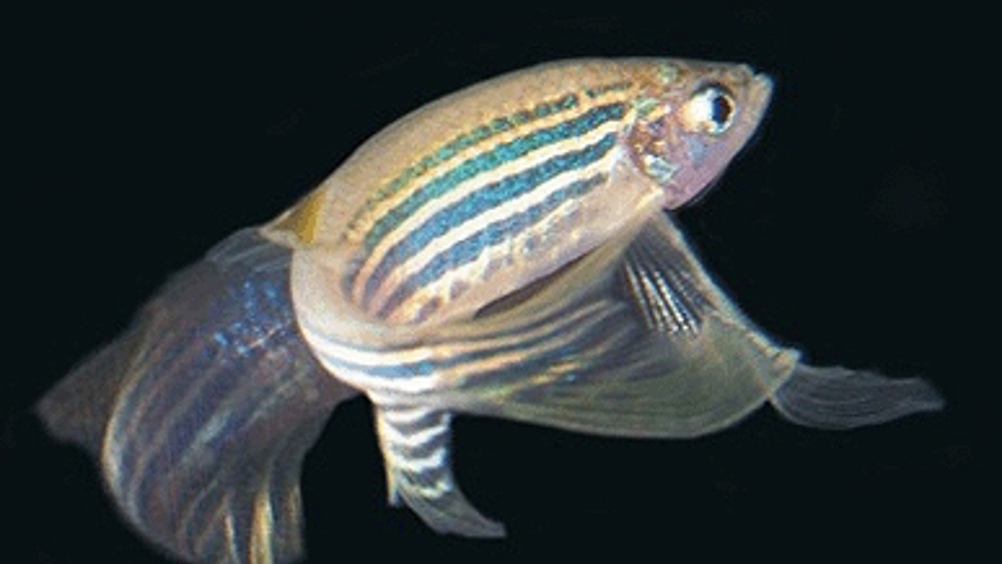Findings show zebrafish can be influenced by bioinspired robot
A bioinspired robot has provided the first experimental evidence that live zebrafish can be influenced by engineered robots.

Results published in IOP Publishing’s journal Bioinspiration and Biomimetics are claimed to provide a stepping stone on the path to using autonomous robots in an open environment to monitor and control fish behaviour.
According to IOP, future, water-based robots could potentially contribute to the protection of endangered animals and the control of pest species.

The robot, created by researchers from the Polytechnic Institute of New York University and Instituto Superiore di Sanitá, Italy, was 15cm long and spray-painted with the characteristic blue stripes of the zebrafish.
The tail of the robot was mechanically controlled by the researchers to mimic the action of the zebrafish itself.
In a statement, IOP said that, when placed in a 65-litre fish tank, the movements of the robot’s tail attracted individual and shoals of zebrafish. The researchers believe that such capability was influenced by its bioinspired features, which were optimised to increase attraction.
Register now to continue reading
Thanks for visiting The Engineer. You’ve now reached your monthly limit of news stories. Register for free to unlock unlimited access to all of our news coverage, as well as premium content including opinion, in-depth features and special reports.
Benefits of registering
-
In-depth insights and coverage of key emerging trends
-
Unrestricted access to special reports throughout the year
-
Daily technology news delivered straight to your inbox










Water Sector Talent Exodus Could Cripple The Sector
Maybe if things are essential for the running of a country and we want to pay a fair price we should be running these utilities on a not for profit...